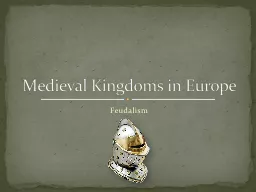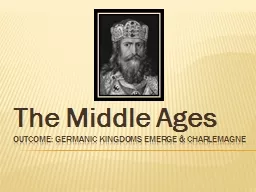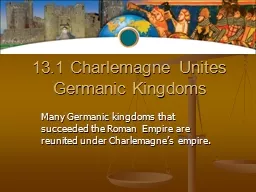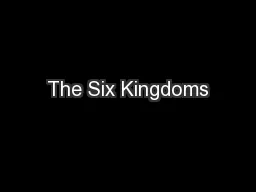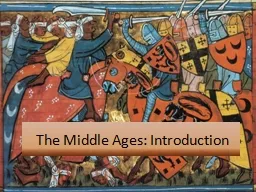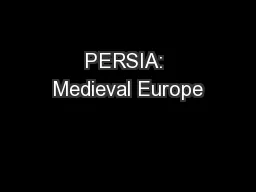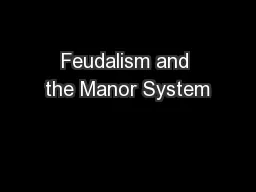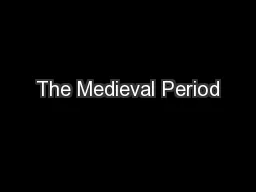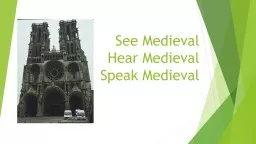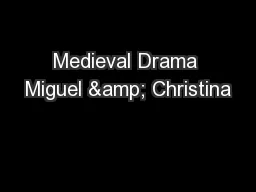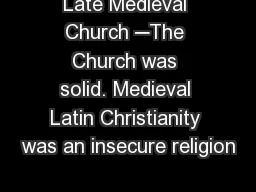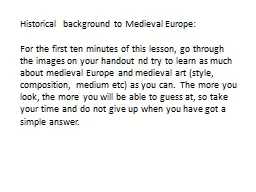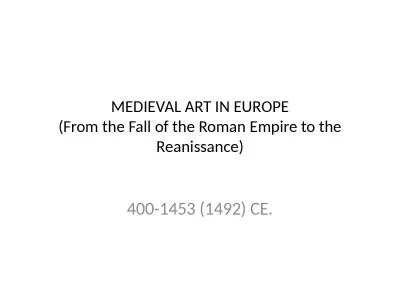PPT-Medieval Kingdoms in Europe
Author : olivia-moreira | Published Date : 2018-10-21
Feudalism King Charlemagne created a strong monarchy in the Carolingian empire after the fall of Rome but it did not survive his death in 814 his grandsons fought
Presentation Embed Code
Download Presentation
Download Presentation The PPT/PDF document "Medieval Kingdoms in Europe" is the property of its rightful owner. Permission is granted to download and print the materials on this website for personal, non-commercial use only, and to display it on your personal computer provided you do not modify the materials and that you retain all copyright notices contained in the materials. By downloading content from our website, you accept the terms of this agreement.
Medieval Kingdoms in Europe: Transcript
Download Rules Of Document
"Medieval Kingdoms in Europe"The content belongs to its owner. You may download and print it for personal use, without modification, and keep all copyright notices. By downloading, you agree to these terms.
Related Documents

